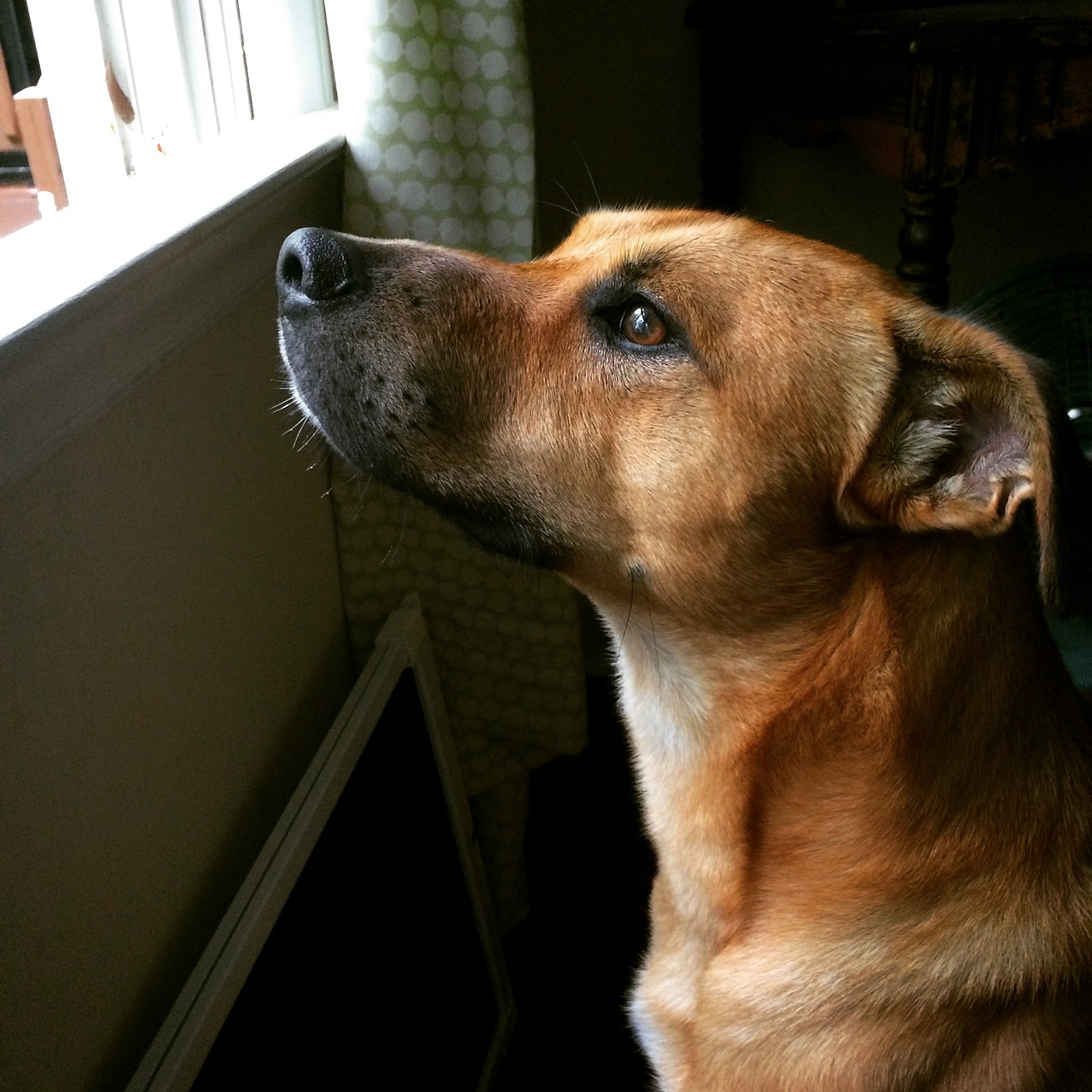In the rich tapestry of Egyptian mythology and religion, Mut, sometimes referred to as Maut, is revered as a mother goddess with the distinctive head of a vulture. She is the wife of the prominent god Amon and the mother of Khons, forming a significant divine triad alongside Amon in Thebes.
Depictions of Amon frequently showcase him alongside Mut. She is illustrated in various forms: as a vulture-bodied figure, a woman with a vulture’s head, or a female figure donning a vulture headdress combined with the crowns of Upper and Lower Egypt. In some artistic representations, she is portrayed with her arms spread wide as if in flight, holding in her hands the ankh, symbolizing life, alongside a papyrus scepter, while at her feet lies the feather of Maat, emblematic of truth.
The vulture was emblematic of divine motherhood in Egyptian culture. This representation stems from the bird’s reputation for being extraordinarily devoted and protective over its young. Furthermore, ancient Egyptians believed that the vulture could reproduce without the need for male partners, further solidifying its association with motherhood.
Initially, Mut may have been connected to the primal waters symbolized by the god Nun. However, her role evolved as she became more closely linked to Amon. With the rise of Amon’s prominence in the New Kingdom and his eventual fusion with the sun god Re, forming Amon-Re, Mut’s significance also amplified. Worshippers began to see Amon-Re as the ultimate deity, subsuming various gods under his essence. Similarly, Mut evolved into a representation of a singular, overarching goddess, with other deities such as Hathor, Sekhmet, Isis, Bastet, Nekhbet, and Nut considered her distinct manifestations. Amon-Re’s portrayal, imbued with an array of human and animal traits, mirrored that of Mut, who also displayed multiple attributes, occasionally depicted as a male figure with lion claws.
The fount of Mut’s worship, much like that of Amon-Re, was centered in Thebes, where an impressive temple was established during the reign of Amenhotep III, dating back to 1390–1353 BC. This temple complex, accessed by a grand avenue adorned with sphinxes, was located just adjacent to Amon-Re’s shrine. Mut’s temple was not only monumental in structure but also featured a sacred artificial lake designed in a horseshoe shape. Over the span of 2,000 years, her sanctuary at Thebes stood as a vital religious hub. The Greeks would later correlate Mut’s characteristics with their goddess Hera.



